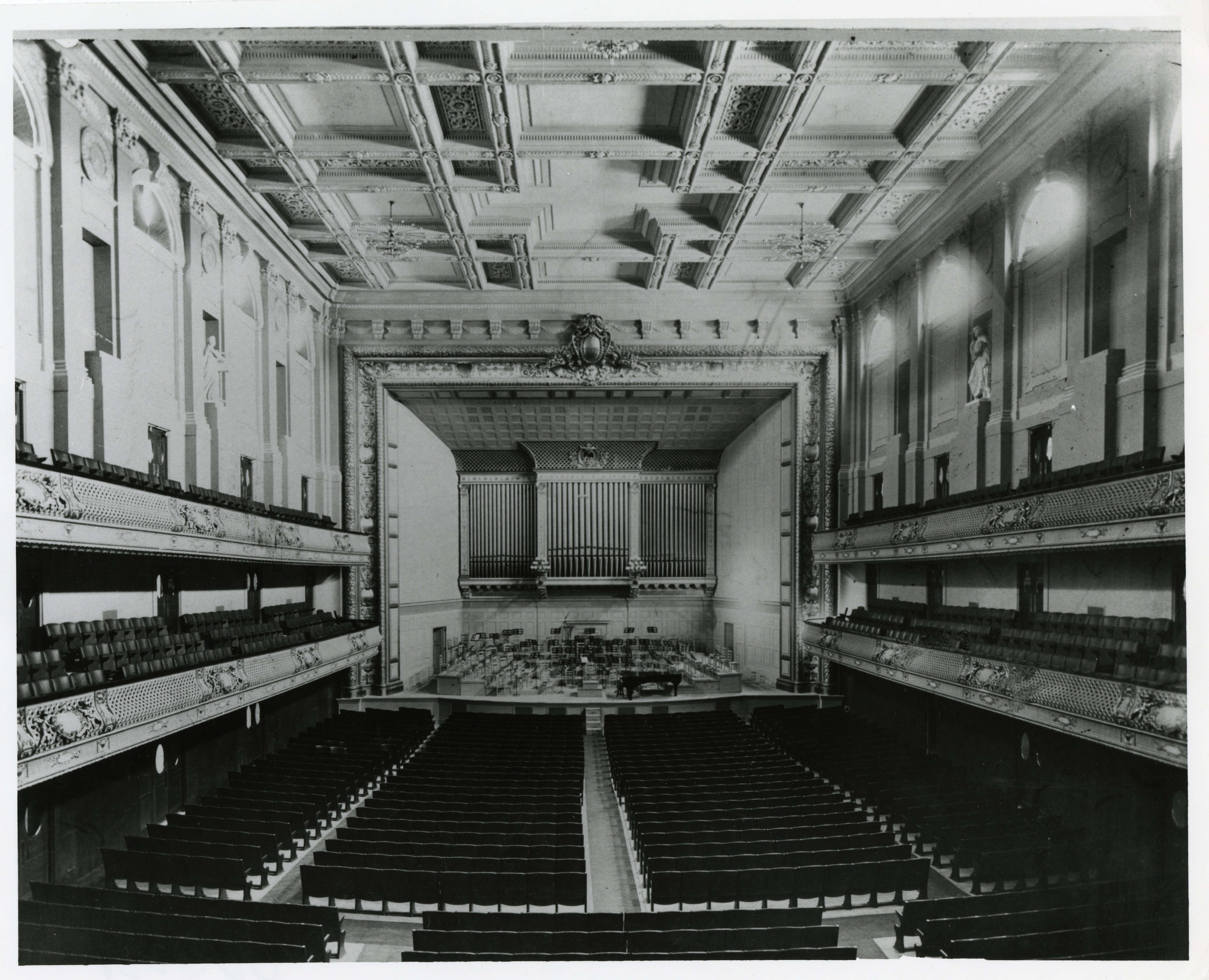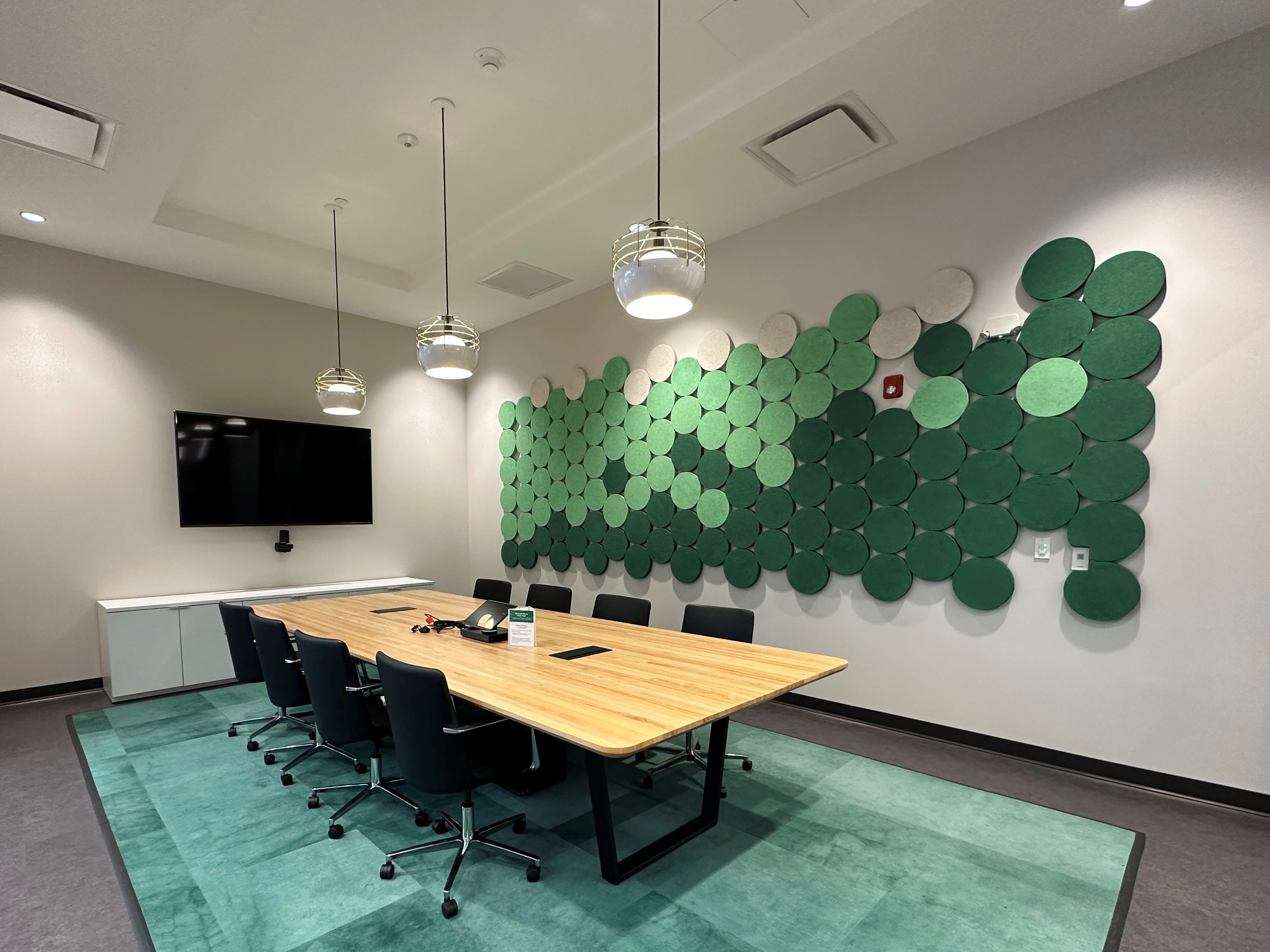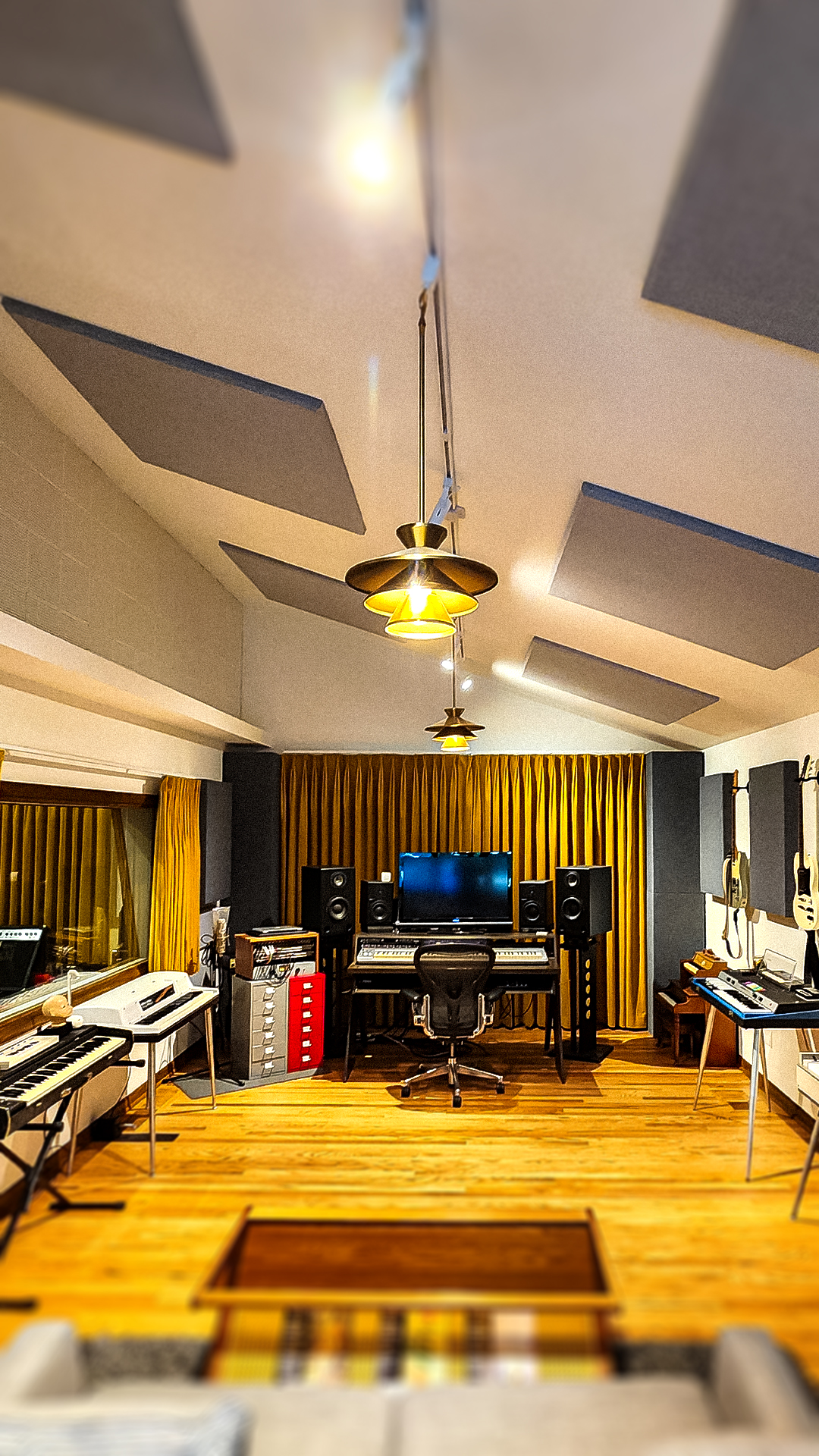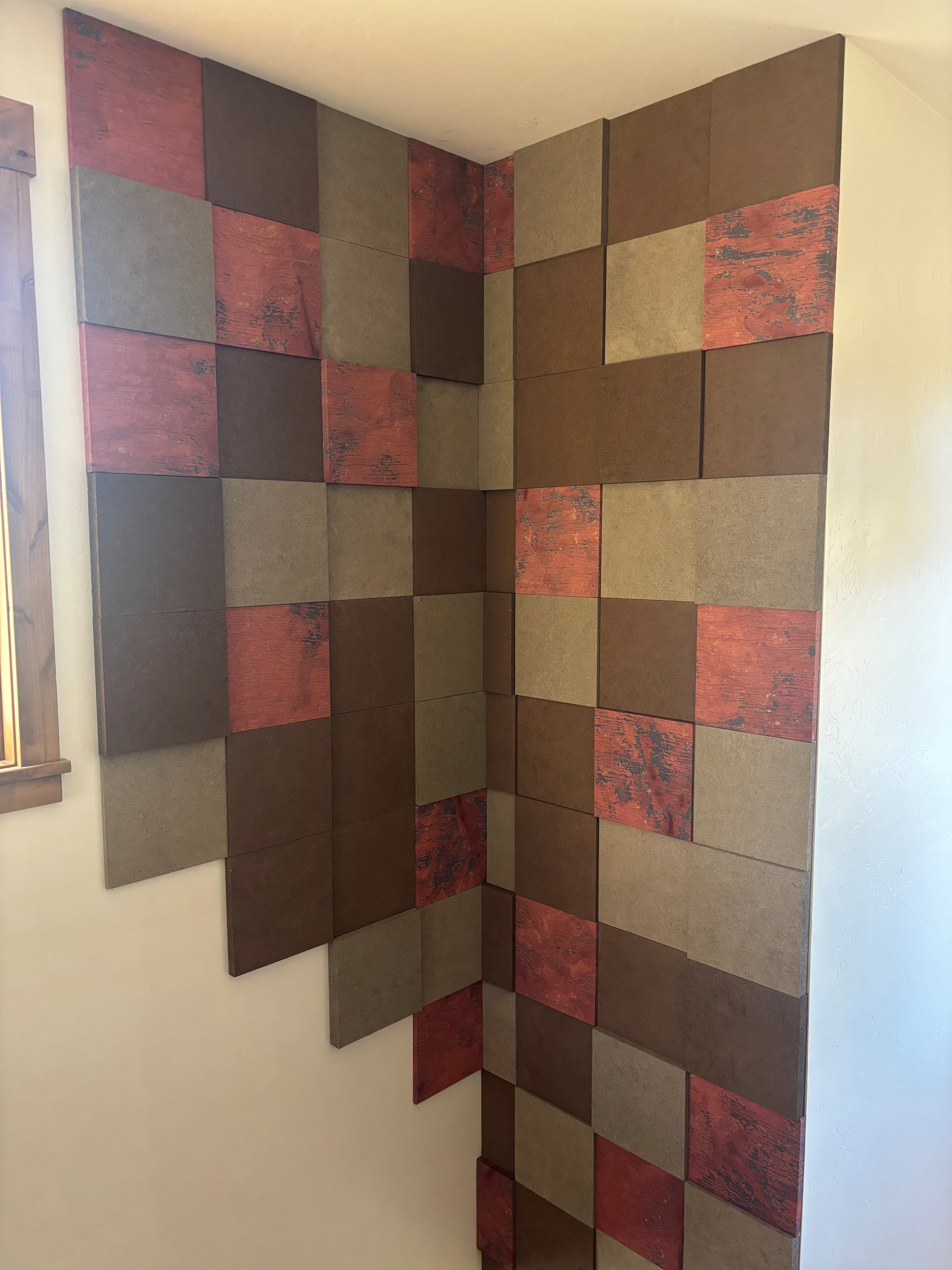Symphony Hall, Wallace Clement Sabine, and Architectural Acoustics
- Oct 15, 2025

125 years ago today, Symphony Hall opened in Boston...and the world of acoustics was forever changed.
Designed by the architectural firm of McKim, Mead & White (the same firm behind Penn Station in New York and the 1902 renovations on the White House in Washington, D.C.), Symphony Hall was commissioned as a new permanent home for the Boston Symphony Orchestra. Recognizing that the sound quality within the hall needed to be as world-class as the orchestra performing in it, McKim, Mead & White brought in a young Harvard physics professor as acoustical consultant: Wallace Clement Sabine.
Then in his early 30s, Sabine had recently made a name for himself fixing the bad acoustics of Harvard's echo-laden Fogg Lecture Hall. The process had been one of trial and error: on almost-nightly visits over several years, Sabine used organ pipes and a stopwatch to calculate the reverberation time within the auditorium when different sound-absorbing elements such as cushions and rugs were introduced to the space. His experiments (and subsequent development of what is now known as the Sabine formula for determining reverberation time) established the field of architectural acoustics.
As acoustical consultant for Symphony Hall, Sabine aimed for a reverberation time of 2.0 seconds when the hall was full, finding that to be the right acoustic balance between "too dry" and "too muddy." To achieve this, he, among other things, proposed a "shoebox" shape for the venue to help evenly distribute sound reflections around the space and also incorporated the usage of statues and balconies to help break up sound waves.
Upon its inaugural concert on October 15, 1900, the 2,600-seat Symphony Hall was immediately praised for its incredible sound quality, with one local newspaper declaring: "Acoustic Excellence Achieved". Sabine received his fair share of attention and credit, but one thing he did not receive was money: he had refused payment for his work.
Today, Boston's Symphony Hall and the work of Wallace Clement Sabine stand as a testament to how great acoustics enhance the musical experience for both performer and audience.
Now if only we could have heard Sabine's work on a drum room...








